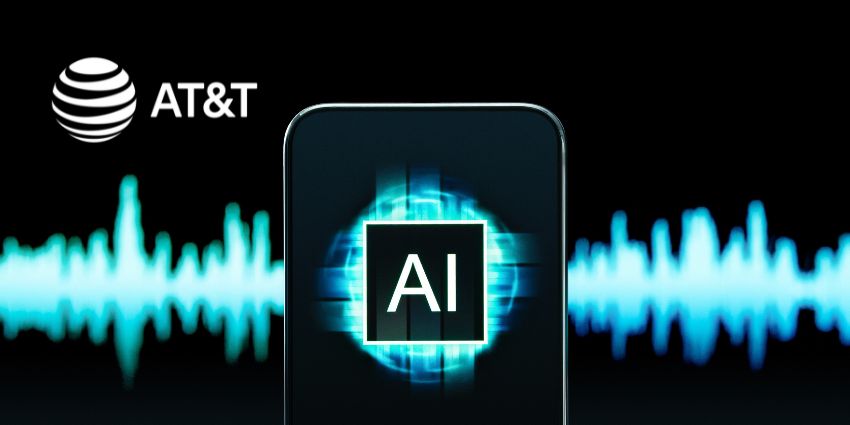For decades, interacting with technology was an active, complex process.
When you wanted to find information, you needed to load up your computer, type in a search, and look through the responses for the answer that suited you. Now, interaction with technology is becoming so natural that it’s almost passive. You don’t need to seek out the information, just ask for it from your smart speaker or smartphone.
An estimated 2 in 5 adults perform a voice-based search every day. In 2018 alone, the prevalence of smart speakers in American households grew by 78%. We’re all starting to feel more comfortable and familiar with the concept of technology being constantly connected to technology via voice. Our smart assistants are like the digital angel on our shoulder, answering our questions, providing guidance, and even performing tasks for us when we need them to.
Voice is Bringing Technology to Life
The concept of voice computing and ambient computing isn’t entirely new. Scientists have been working on helping computers to understand human language since the dawn of artificial intelligence. However, it’s only recently that we’ve unlocked the ability to communicate with technology in a way that feels natural – even human.
Since Apple ushered in the age of the voice-based digital assistant in 2011 with the arrival of Siri, human beings have grown increasingly enamoured by the idea of virtual assistants. The opportunity to speak to AI is what brings these intelligent systems to life.
On the one hand, talking to technology provides excellent opportunities for brands and businesses. For instance, BBC Good Food recently integrated with Alexa so that customers could access their Amazon smart devices “What’s for breakfast?” and get lists of potential recipes to cook.
Natural language understanding and conversational AI also presents excellent opportunities for contact centres that want to offer stronger experiences to customers. When an IVR can understand the context of a query from a customer, it can ensure that your client gets directed to the right agent in your team.
However, underneath all the benefits of voice computing, is a significant change in the relationship that we have with technology.
The Human/Computer Renaissance
Through tools like natural language processing, NLU, and voice computing, companies can offer their customers more convenient ways to shop and seek assistance, without relying too heavily on human-to-human interactions. This is only possible because people today feel more comfortable having a relationship with their devices. We’re starting to treat our smartphones and smart speakers like people. After all, they have personalities, voices, and can even exhibit emotions to some degree.
From one perspective, this new relationship with computers might seem frightening. Some people still believe that AI is destined to take over the job market and leave us with nothing. However, another view is that this new relationship with technology could help us to leverage the full benefits of AI and machine learning. When we feel comfortable talking to machines, we also feel better about using them in all aspects of life and business.
For instance, not only can NLU and speech computing improve the relationships that brands and customers have, but it can also make team members more efficient, by helping them to organise their days, set up meetings, and manage their schedule. There are even applications for speech-based assistants in health and social care. Elderly individuals with poor mobility or eyesight don’t need to know how to use a computer if they can ask for help directly from a smart assistant.
How do you feel about our new relationship with tech?







